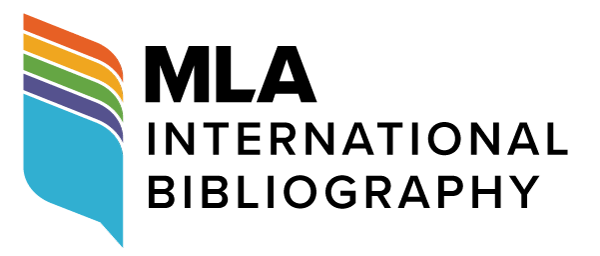Language, Being and the Body in Eimear McBride’s A Girl is a Half-formed Thing
DOI:
https://doi.org/10.18485/bells.2021.13.12Keywords:
contemporary Irish fiction, body, narrative, experimental languageAbstract
Presence and participation are key aspects in McBride’s narrative; it allows the reader to access the point where thought becomes language so that it is still closely linked to the experiencing body. It tells the story of a young girl and her troublesome teenagehood filled with abuse, loneliness and the need to heal. Even if it is through the context of a literary work, the novel seeks to be taken seriously, demanding a corporeal presence from the reader. The first part of the following paper describes how the work addresses both Celtic and Post-Celtic Tiger, modernist and postmodernist challenges while creating an innovative style of its own. The second part analyses how language operates through various narrative devices in A Girl is a Half-formed Thing, showing the connections with the body, aspects of the reading process itself and stylistic elements.
Downloads
References
Downloads
Published
Issue
Section
License

This work is licensed under a Creative Commons Attribution-ShareAlike 4.0 International License.
Authors who publish with this journal agree to the following terms:
- Authors are confirming that they are the authors of the submitting article, which will be published (print and online) in Belgrade English Language and Literature Studies by the Faculty of Philology, University of Belgrade (Faculty of Philology, Studentski trg 3, 11000 Belgrade, Serbia). Author’s name will be evident in the printed article in the journal. All decisions regarding layout and distribution of the work are in hands of the publisher.
- Authors guarantee that the work is their own original creation and does not infringe any statutory or common-law copyright or any proprietary right of any third party. In case of claims by third parties, authors commit their self to defend the interests of the publisher, and shall cover any potential costs.
- Authors retain copyright and grant the journal right of first publication with the work simultaneously licensed under a Creative Commons Attribution-ShareAlike 4.0 International License that allows others to share the work with an acknowledgement of the work's authorship and initial publication in this journal.
- Authors are able to enter into separate, additional contractual arrangements for the non-exclusive distribution of the journal's published version of the work (e.g., post it to an institutional repository or publish it in a book), with an acknowledgement of its initial publication in this journal.
- Authors are permitted and encouraged to post their work online (e.g., in institutional repositories or on their website) prior to and during the submission process, as it can lead to productive exchanges, as well as earlier and greater citation of published work.




